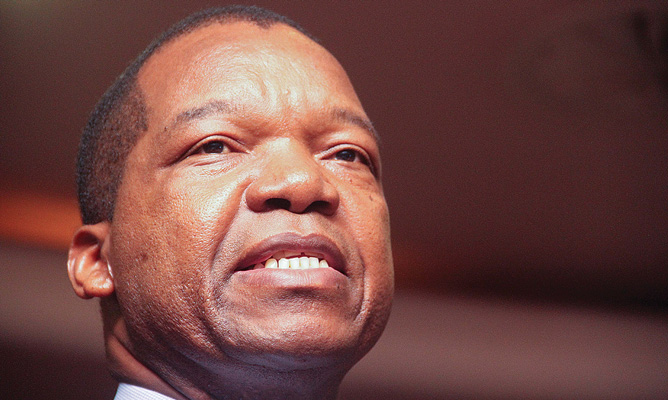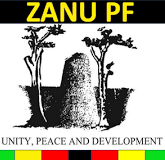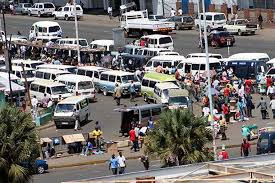
THE current system in the country, where the Zimbabwe dollar is used as a functional currency together with foreign currencies for payment for goods and services, is ideal for promoting growth and competitiveness of the economy, the Reserve Bank of Zimbabwe (RBZ) governor John Mangudya said while presenting his monetary policy statement on Monday this week.
He added that promoting the broader use of the Zimdollar should be embraced by everyone to minimise the sentimental value of holding on to the past dollarisation era, “which was fraught with its own challenges”.
Dollarisation, he argued, was not a panacea to sustainably and competitively develop the country.
Two days later, his boss Mthuli Ncube, with the approval of President Emmerson Mnangagwa, announced a 20% pay hike plus US$100 for public workers. This is in addition to the US$75 COVID-19 allowance that government started paying civil servants last year.
The latest move is aimed at ending teachers’ strike that has disrupted the opening of schools and paralysed the education sector.
But, the US dollar allowances, payment of school fees in foreign currency and allowing retailers to trade in forex show that government is at the forefront of undermining the Zimdollar.
It shows a government unsure of itself or just policy fudging in the hope that things will work themselves out in the long term. Clearly, government could have handled de-dollarisation better.
The Zimdollar brings back bad memories of hyperinflation, which decimated salaries and savings, while dollarisation heralded a period of stability and stopped raging inflation in its tracks.
- Chamisa under fire over US$120K donation
- Mavhunga puts DeMbare into Chibuku quarterfinals
- Pension funds bet on Cabora Bassa oilfields
- Councils defy govt fire tender directive
Keep Reading
The downside in the long-term was that it was not sustainable.
So, Zimbabwe is again immersed in policy ineptitude, where government indicates left and turns right, encourages the use of the Zimdollar and announces a set of measures to undermine it the next day!
The fact of the matter is that Zimbabwe needs a stable currency. As it stands, however, nobody trusts the RBZ, Ncube or the Mnangagwa administration to manage it.
By pegging most of its services in US dollars on the parallel market exchange rate, government is fuelling dollarisation and the collapse of confidence in the Zimdollar.
There has been countless policy directives and statutory instruments since the 2019 return of the Zimdollar, and the powers-that-be have done little to calm the market. As a result, the US dollar has remained the currency of choice.
Government’s next move is being watched, especially as it desperately wants to stop the strike by teachers and calm its restive workforce.











